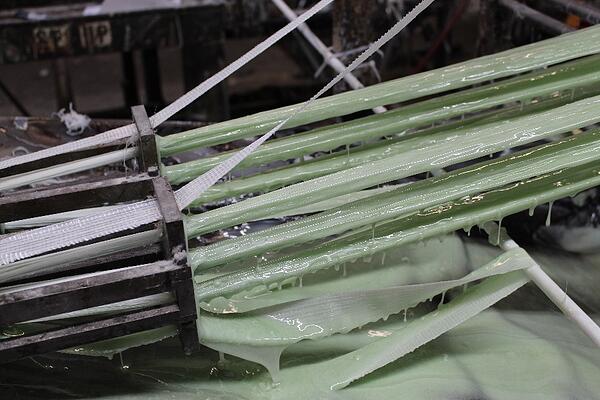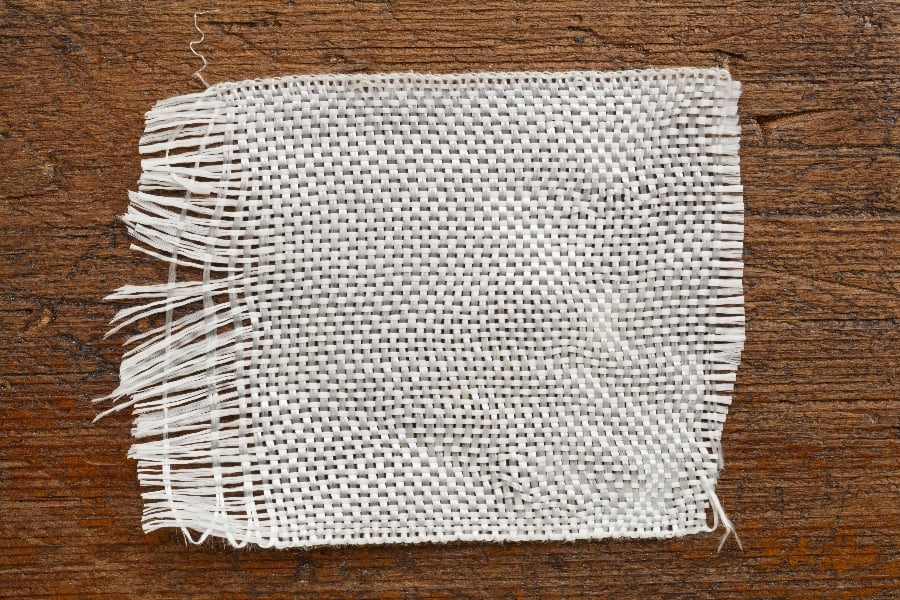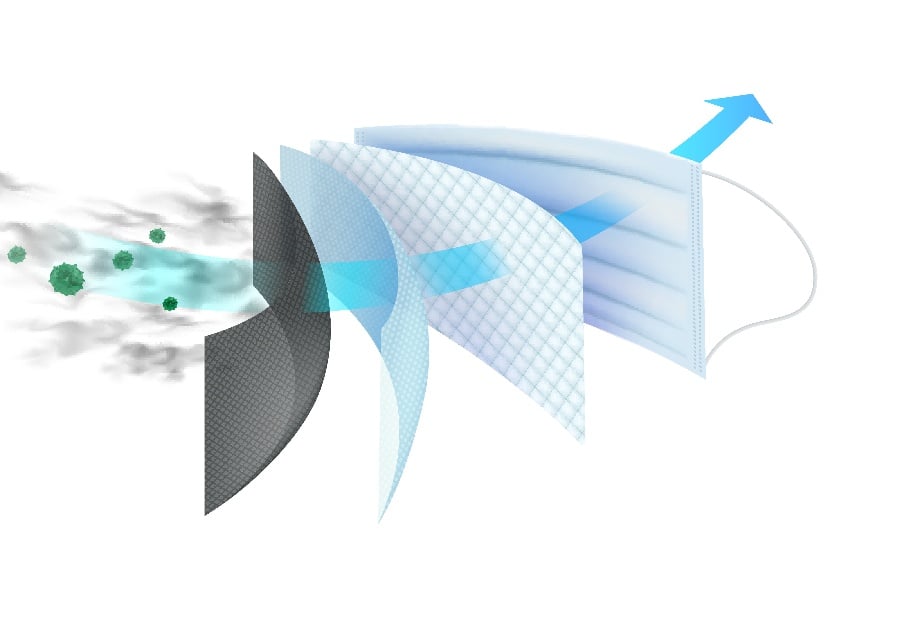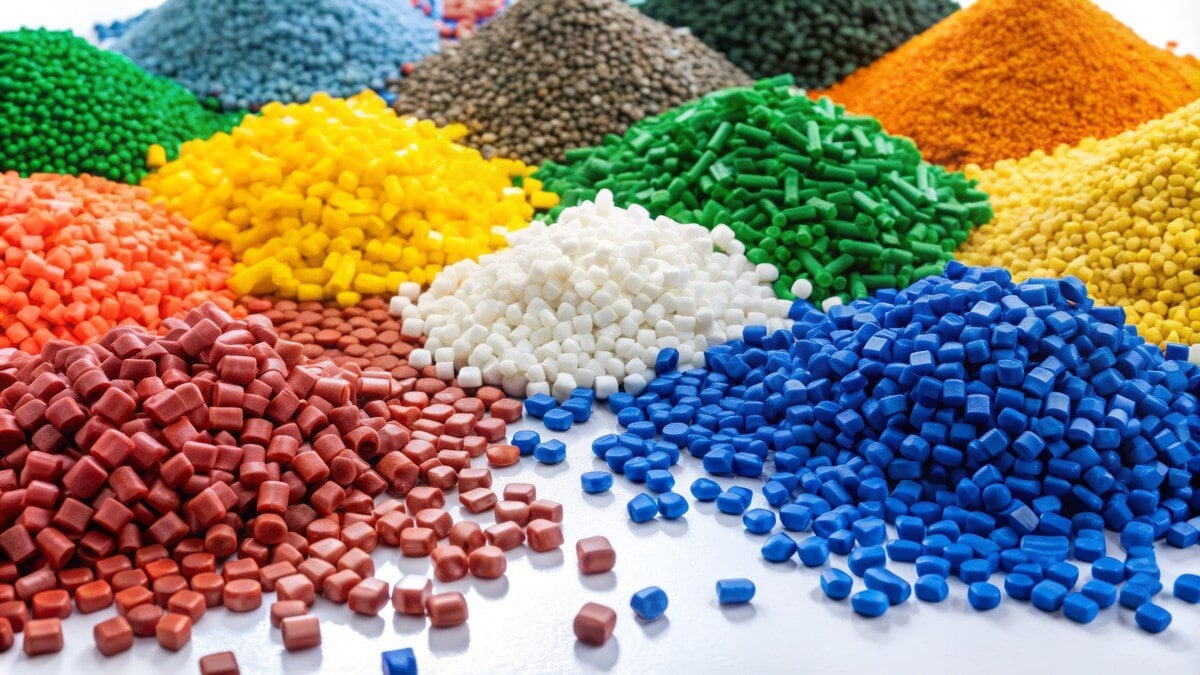
More and more sectors are beginning to turn to composites to replace old school materials such as metals and wood.
When 2 or more materials are combined, a composite is produced ─ a reinforcement (fiber) and the other, a matrix (resin). When fiber and matrix are combined, the final result is a product that has characteristics superior to either of the materials utilized alone.
With pultrusion, project managers and developers can vary the combination of fibers and resin to meet design requirements.
Take for example, in new and retrofitting work, more and more architects, developers and designers are discovering the advantages of using composite profiles. Known as fiber-reinforced polymer (FRP) composites, such profiles are made up of two components: a polymer binder called a matrix and a reinforcement fiber.
Characteristics such as strength and stiffness will depend on the size, shape, weight/volume of the reinforcement fiber. The resin matrix ─ depending on the proportion and type ─ can also impact the physical characteristics of the final product such as resistance to impact. Additives can be applied to the final product to give attributes such as color, fire resistance or resistance to ultraviolet rays.
Composite profiles can be customized to your needs and are replacing old-school favorites in sectors such as:
- Building, construction and infrastructure
- Telecommunication
- Electrical and distribution companies
- Utilities
- Sports and recreation
- Automotive
- Consumer end products
Composite profiles provide superior strength, stiffness and corrosion resistance. Applications can include large complex-shaped structures such as floating roofs and retaining walls. Composite products are particularly useful for applications where high-performance is required such as aerospace, race cars, boats, sporting goods, and industrial applications.
Today, fiberglass plays a major role in sectors such as construction and infrastructure, utilities’ poles, sports and recreation and industrial equipment. Composite profiles can be made with fibers such as fiberglass, carbon fiber (graphite), Kevlar (Aramid), polyester and quartz. The resins are typically thermal set resins such as polyester, polyurethane, phenolic, vinyl ester and epoxy.
The strength-to-weight ratio of composites can be of benefit over other non-composite materials. Fibers to resin weight ratios range from 20% fiber to 80% resin to 85% fiber to 15% resin. The higher the fiber content, the stronger the final product will be as continuous fibers provide stiffness and strength.
Globally, the fiberglass market is growing. In fact, by 2025, the global fiberglass market is expected to grow to US$ 14.3 billion, up from US$ 11.5 billion in 2020. From 2020 to 2025, growth is pegged at a compound annual growth rate (CAGR) of 4.5%. Fiberglass is used extensively in the construction & infrastructure industry. A wide-ranging number of applications coupled with the increased use of fiberglass in the automotive industry are driving the growth of the fiberglass market.
By and large, manufacturers have developed proprietary formulations and manufacturing technologies to tailor high-performance attributes in a wide number of building applications which include not just renovation but also new construction projects. Increasingly, home building is beginning to see increased use of composite profiles.
Currently, there is a wide range of resin systems and fiber matrices to choose from. Resins, which are binders are thermoset plastics (e.g. polyester, epoxy, phenolic, vinyl ester, urethane, modified acrylic) that serve as the glue holding the reinforcing fibers together.
FRP profiles are particularly useful in applications where corrosion is a concern or where lightweight structural shapes are required for easy installation.
One of the most common applications of fiberglass profiles is in external environments where a structure is subject to chemical exposure or where insect degradation is rampant. These include water treatment plants, outdoor walkways, decks and utility poles.
A few other applications include:
- Primary building structures
- Retaining walls, baffle wall columns
- Cooling tower structures
- Cable management systems and support
- Residential/ beach decks pole barns, deck and porch supports
A composite’s properties depend on the type of fibers used. Although glass fibers are the main ingredients for many plastic composites, other materials that are used include aramid (Kevlar), boron and carbon. Each of these materials provides strength and stiffness to the final product and can control, to varying degrees, the end product’s weight. A wide range of properties and performance levels can be manufactured to match the requirements for a specific application.
Fiberglass and Carbon Fiber
Compared to carbon fiber, fiberglass is the older of the two materials. Created by melting glass into strands and combining these fibers with a resin in a manufacturing method called pultrusion, the final profile emerges as a fiber-reinforced polymer (FRP) composite.
Thousands of bundled fibers are combined to form tow - strands of bundled fibers. These tows can be woven together to create a fabric, bonded or sewn together to form a mat, or kept individually to create a “Unidirectional” material. This is then combined with a resin to manufacture everything from tubes, rods, bars to race cars and satellites.
Fiberglass is more flexible and cheaper than carbon fiber. Fiberglass is often used in high-volume applications where low unit cost is a priority and weight is not. For applications that don’t require specified area size or maximum stiffness for that size – such as building insulation, storage tanks, body panels, and protective helmets – fiberglass is the preferred material.
Carbon fiber is very strong and light when combined with the right resins. In fact, carbon fiber is greater tensile strength than many metals. This is why manufacturers of airplanes and boats are turning to carbon fiber over metal and fiberglass alternatives.
The Takeaway
When comparing toughness, fiberglass is very durable. Though all thermoset materials are comparably tough, fiberglass ─ because of its flexibility ─ is more durable. In contrast, although carbon fiber is more rigid than fiberglass, it is less durable.
To wrap this up, the fiberglass market has grown tremendously over the last decade. In general, fiberglass is used in a wider range of applications and sectors.
Tencom has over 50 years of experience working in the FRP composites industry. We create everything from fiberglass angles, bars and channels to custom-pultruded products with specialty resins. Contact us if you are interested in using specialty resins for your next project.















